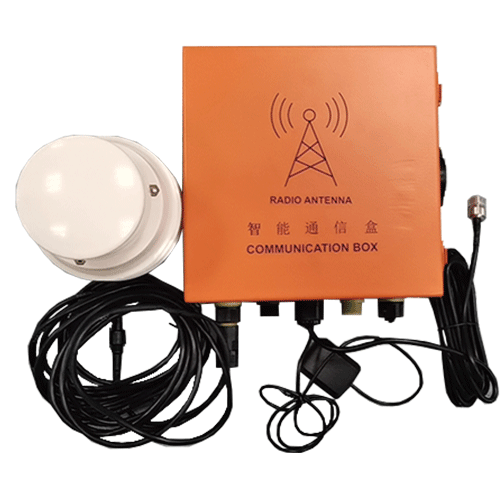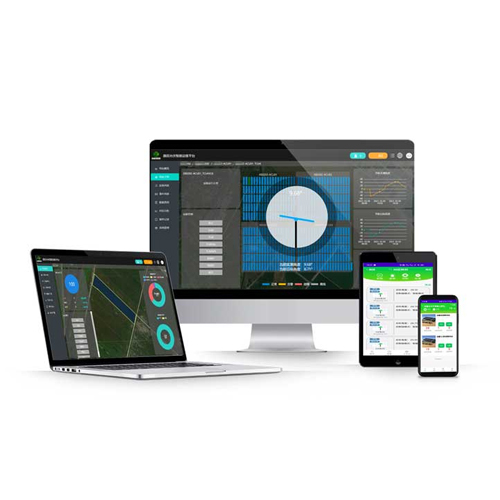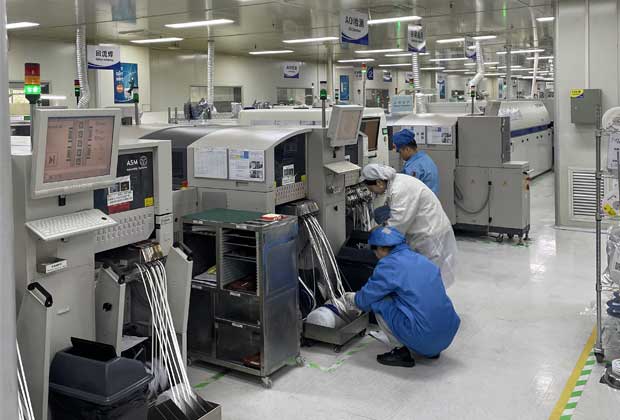Market development of the global solar tracker industry
The data shows that the total revenue of the global solar tracker industry was $699.33 million USD in 2015 and has since grown rapidly, reaching $2,908.32 million USD in 2019. The compound annual growth rate (CAGR) of market revenue from 2015 to 2019 was as high as 42.80%.
Solar trackers are widely used in various occasions, such as public and private solar photovoltaic factories.
Many governments have already raised their awareness of the benefits and requirements of reducing carbon emissions from green energy. Government incentive programs and grid price subsidies are expected to drive the market in the coming years, which is expected to become one of the main driving forces for the growth of global solar tracker market sales.
In addition, major market participants have already begun to invest heavily in this industry, which will also have a positive impact on the global market. It is expected that by 2025, the total market revenue of the global solar tracker industry will reach $23,947.37 million USD.
Obstacles to the development of the solar tracker market
The PV tracking system solves the problem of fixed brackets obstructing double-sided module power generation by using tracking brackets to keep the photovoltaic modules facing the sun, allowing sunlight to always shine vertically on the modules to maximize power generation.
When installed in a fixed manner, the back of the module can only radiate northward, but when the component radiates in the east-west direction, it brings higher yields to the factory. The increased use of double-sided module technology will make trackers and installations more efficient, cost-effective, and demand for double-sided modules will further drive the use of global solar trackers.
Compared to standard single-sided modules, dual-sided modules usually generate 5%-20% more energy under optimal reflectivity conditions. A group of scientists from the Solar Energy Research Institute in Singapore found that the best way to achieve the lowest LCOE in crystalline silicon-based solar power generation projects is to combine double-sided panels with single-axis trackers, which is the current value proposition for both double-sided module manufacturers and tracker manufacturers. Combining double-sided modules with tracking systems can more fully and effectively utilize northward radiation.
However, due to the moving parts required for advanced technology and operations, the solar tracker is slightly more expensive than a fixed tracker. In addition, solar trackers typically require some daily maintenance, which will incur more maintenance costs and time.
In addition, solar trackers require more site preparation, including additional trenching and wiring, and some additional slopes, which will become the main obstacles to the development of the global solar tracker market.
 English
English  中文
中文



